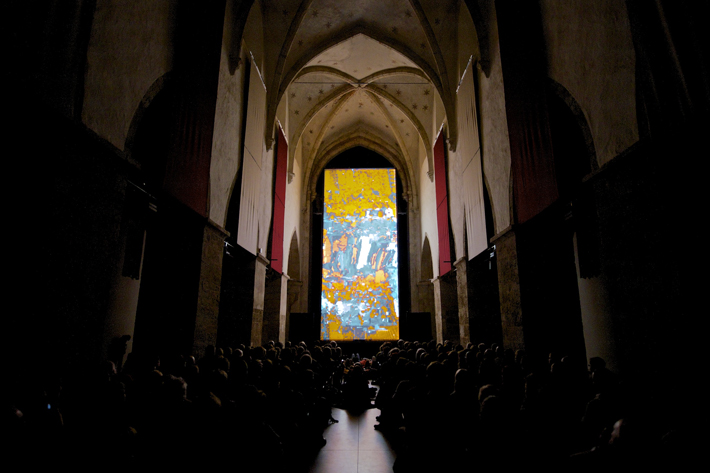Related post
Oscilloscope Music / Jerobeam Fenderson and Hansi Raber
Jan 18, 2017
|
Comments Off on Oscilloscope Music / Jerobeam Fenderson and Hansi Raber
3291
THE LASER AND HOLOGRAPHY EXPERT CHALLENGING THE LIMITS OF LIGHT
Jul 31, 2018
|
Comments Off on THE LASER AND HOLOGRAPHY EXPERT CHALLENGING THE LIMITS OF LIGHT
1991
Win a Video VJ Loops Pack by LIME ART GROUP
Nov 06, 2015
|
Comments Off on Win a Video VJ Loops Pack by LIME ART GROUP
3606



 The numbers from advertising agency Vibrant Media give some more ground to the claims about the success of the format. The company introduced February 2017 a vertical video ad format to North America, Europe, the Middle East and Asia-Pacific. It joins Vibrant’s pre-roll, In-Line and Lightbox ads as part of its video portfolio.
The numbers from advertising agency Vibrant Media give some more ground to the claims about the success of the format. The company introduced February 2017 a vertical video ad format to North America, Europe, the Middle East and Asia-Pacific. It joins Vibrant’s pre-roll, In-Line and Lightbox ads as part of its video portfolio.


